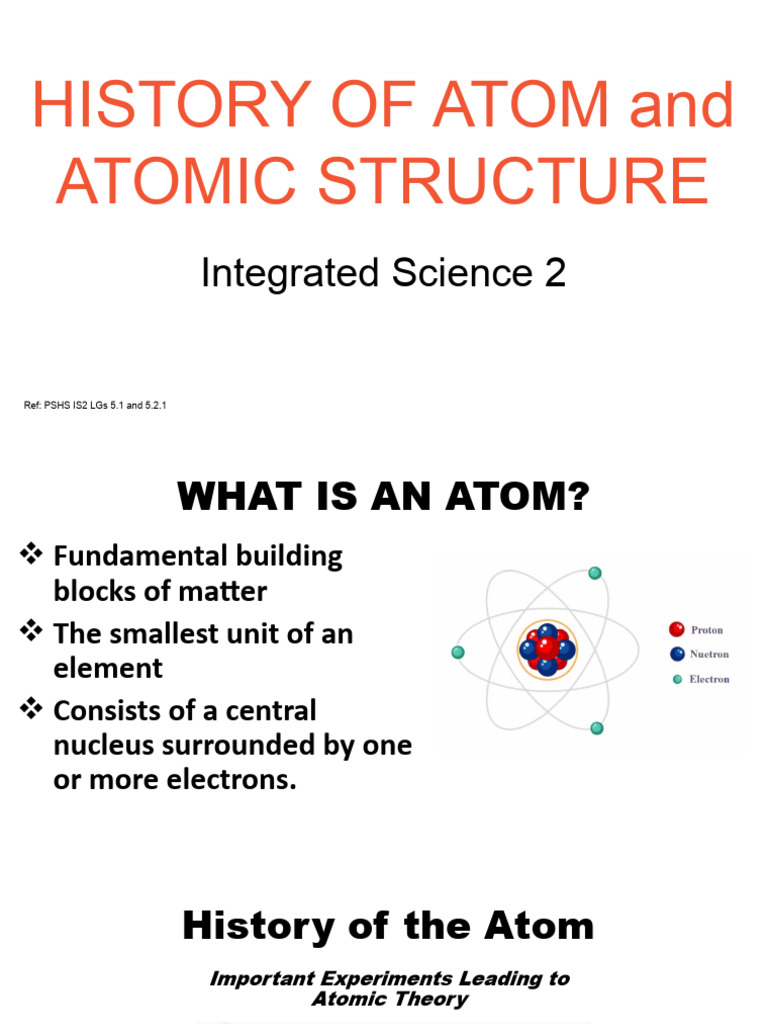The origins of atoms are a profound subject that intersects with multiple disciplines, including physics, chemistry, and cosmology. Atoms, the foundational building blocks of matter, have a storied history stretching back to the inception of the universe. The quest to understand the genesis of these fundamental particles unveils not only a fascinating narrative but also the intricate mechanics governing the cosmos. This exploration addresses a common observation: everything in existence is composed of atoms. Yet, it hints at deeper reasons for our fascination with atomic structure and existence.
To begin, we must journey back approximately 13.8 billion years to the Big Bang, the event widely accepted as the commencement of time and space. In its earliest moments, the universe was an exceedingly hot and dense singularity, a cacophony of energy and particles in a state of profound instability. As the universe began to expand, it cooled, facilitating the condition necessary for atomic formation. This critical phase, known as nucleosynthesis, marked the genesis of the simplest and lightest atomic nuclei: hydrogen and helium, the first elements to grace the cosmos.
During the first few minutes post-Big Bang, protons and neutrons coalesced to form hydrogen nuclei, while a small fraction of helium nuclei emerged. The creation of these elements bore witness to fundamental forces at play—strong nuclear force overcoming high-energy collisions to stabilize atomic nuclei. Despite their simplicity, these primordial atoms constituted the scaffolding of everything that would follow.
After the era of nucleosynthesis concluded, the universe entered a “cosmic dark age,” where matter cooled further and began to conglomerate. Gravitational interactions spurred the formation of the first stars. These primordial stars, composed largely of hydrogen and helium, ignited nuclear fusion in their cores, leading to the synthesis of heavier elements—a process that fundamentally transformed the composition of the universe.
The life cycle of stars is pivotal in the context of atomic origins. Through the process of stellar nucleosynthesis, elements such as carbon, oxygen, and iron were forged. As stars exhausted their nuclear fuel, they met their demise, often in spectacular supernova explosions. These cataclysmic events not only dispersed heavy elements across the universe but also provided the raw material necessary for the formation of new stars, planets, and ultimately, life itself.
Consider the tremendous implications of such processes; the iron in your blood, the carbon in your cells, and the oxygen you breathe are all remnants of ancient stars that lived and died eons ago. This notion refines our understanding of identity, suggesting that we are literally made of stardust. Hence, atoms are not merely structural constituents of matter; they are historical documents of cosmic events that have transcended time.
As we probe deeper, it is essential to recognize the role of quantum mechanics in shaping atomic behavior and interactions. Atoms consist of a nucleus surrounded by a cloud of electrons, the configuration of which rigidly defines chemical properties. The behavior of these subatomic particles is governed by principles that are often counterintuitive, such as wave-particle duality and uncertainty. This quantum dimension introduces layers of complexity in our comprehension of atomic origins and emphasizes the nuanced interdependence between particles and forces.
When we contemplate the origins of atoms, we cannot overlook the impact of modern scientific inquiry and theoretical advancements, such as the discovery of quarks—the fundamental constituents of protons and neutrons. Understanding the building blocks within the nucleus has further elucidated the nature of atomic particles and their origins. The intricate interplay of quarks and gluons within the quantum chromodynamics framework enhances our grasp of how atomic matter emerges from the very fabric of spacetime.
The annals of history reveal a rich tapestry of human thought concerning the nature of matter. Ancient philosophers, such as Democritus, speculated about indivisible particles called “atomos,” laying early groundwork for atomic theory. Fast forward to the early 20th century, where scientists like Ernest Rutherford and Niels Bohr revolutionized our understanding with seminal experiments elucidating atom structure. Their contributions not only enriched human knowledge but spurred a cascade of scientific endeavor, yielding technologies that have fundamentally altered our daily existence.
Furthermore, the advent of advanced imaging techniques, such as atomic force microscopy and the development of particle accelerators, has enabled the exploration of atomic structure at unprecedented resolutions. These advancements not only allow for the visualization of atomic arrangements but also facilitate investigations into atomic interactions, thus propelling our comprehension of atomic origins to new heights.
In conclusion, the origins of atoms represent a multifaceted inquiry that bridges time, space, and human understanding. From the fiery birth of the universe through to the complex processes of stellar evolution, every atom tells a story of cosmic ancestry. They are reminders of our connection to the universe and the grand narrative we are a part of. Our fascination with atoms is not merely scientific; it resonates with ontological significance, evoking contemplation about existence itself and the interwoven tapestry of life and matter. Through the lens of atomic origins, we gain insights not only into the physical world but also into our very essence.












